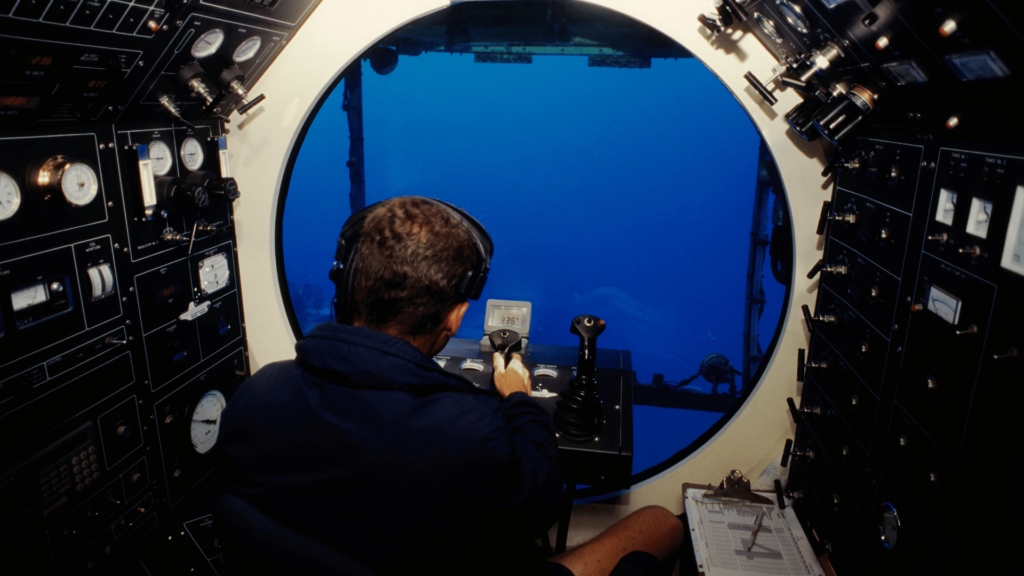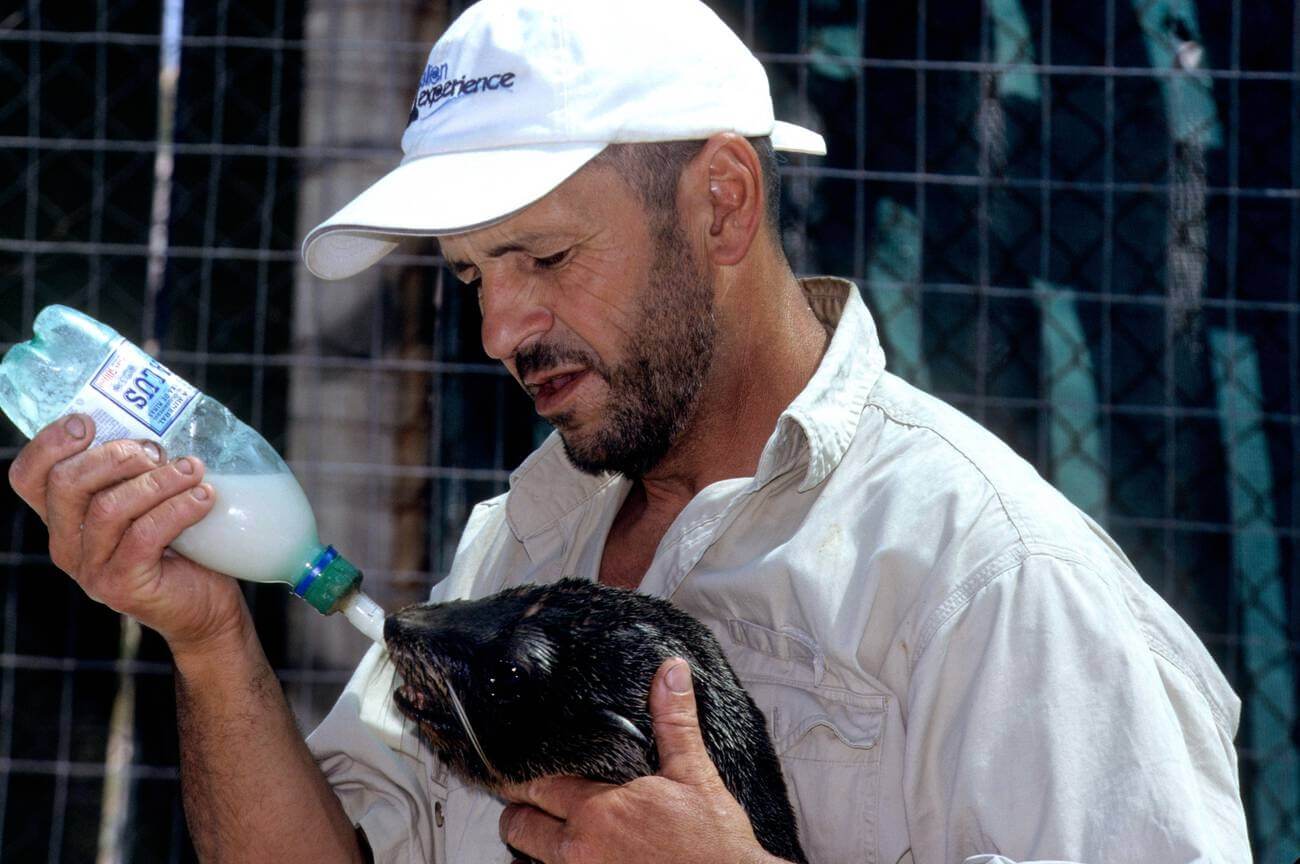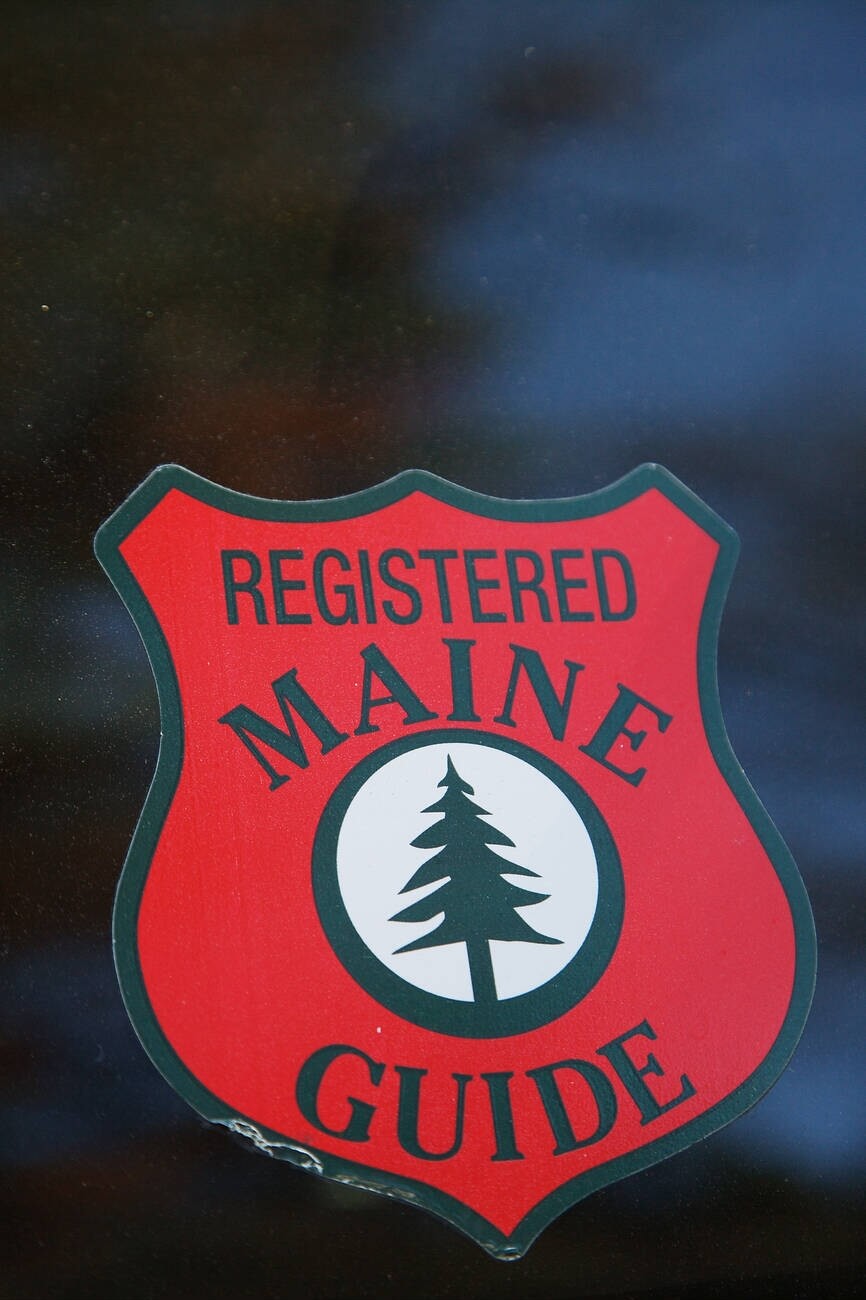If you are someone who craves adventure and loves the idea of exploring the ocean’s depths, then becoming a submarine pilot could be the perfect career for you. Submarine pilots are highly skilled professionals who operate underwater vehicles, transport people and cargo, conduct research, and even carry out military operations. This role requires physical and mental resilience, along with experience working in diverse underwater conditions. In this guide, we will explore the unique and rewarding journey of becoming a submarine pilot, taking you deep into the ocean’s depths.
Understanding Submarine Piloting

Basics of Submarine Navigation
As a submarine pilot, you will be responsible for navigating a vessel through the depths of the ocean. This requires a deep understanding of the principles of underwater navigation, including the use of sonar and other advanced technologies.
One of the most important aspects of submarine navigation is understanding the terrain of the ocean floor. This is critical because the contours of the ocean floor can have a significant impact on the movement of the submarine.
In addition to understanding the terrain, you will also need to be skilled in the use of sonar technology. Sonar is used to detect underwater objects and can help you navigate through the ocean with precision.
As a submarine pilot, you will also need to be familiar with the various instruments and controls used to operate the vessel. This includes everything from the periscope and navigation charts to the ballast tanks and propulsion systems.
Overall, becoming a submarine pilot requires a deep understanding of the principles of underwater navigation, as well as a high level of technical skill and attention to detail. With the right training and experience, however, it can be an incredibly rewarding and exciting career path.
Educational Pathways
If you are interested in becoming a submarine pilot, there are several educational pathways you can pursue, depending on your background and goals. In this section, we will explore two major pathways: Naval Academy Training and Civilian Maritime Schools.
Naval Academy Training
One of the most direct paths to becoming a submarine pilot is through the Naval Academy. The Naval Academy offers a rigorous program that combines academic coursework with military training. As a midshipman, you will have the opportunity to learn about submarines and submarine operations, as well as gain hands-on experience through summer training programs.
To qualify for the Naval Academy, you must meet certain requirements, including being a U.S. citizen, being between the ages of 17 and 23, and passing a physical fitness test. Once accepted, you will undergo a four-year program that includes coursework in subjects such as mathematics, science, and engineering. Upon graduation, you will be commissioned as an Ensign in the U.S. Navy and will begin your submarine training.
Civilian Maritime Schools
Another pathway to becoming a submarine pilot is through civilian maritime schools. These schools offer a variety of programs in marine engineering, naval architecture, and related fields. Some schools also offer programs specifically geared towards submarine operations and technology.
To enroll in a civilian maritime school, you will typically need to have a high school diploma or equivalent and meet certain academic and physical requirements. The length and cost of these programs can vary widely depending on the school and program.
While attending a civilian maritime school does not guarantee a career as a submarine pilot, it can provide you with valuable knowledge and skills that can be applied to a variety of careers in the maritime industry. Additionally, some civilian maritime schools have partnerships with the Navy and offer opportunities for graduates to pursue careers as Navy officers, including submarine pilots.
No matter which educational pathway you choose, becoming a submarine pilot requires dedication, hard work, and a passion for underwater exploration. With the right education and training, you can embark on an exciting and rewarding career as a submarine pilot.
Gaining Experience
Aspiring submarine pilots need to gain operational experience at sea level for at least 3-4 months to develop competency in navigation maneuvers, evasive actions, and more onboard a variety of submarines throughout the fleet. This experience can be gained through both simulator training and onboard training.
Simulator Training
Simulator training is an essential part of the submarine pilot training program. It provides a safe environment for pilots to practice their skills and gain experience in various scenarios. Simulator training is conducted using high-tech simulators that replicate the conditions and challenges of operating a submarine. During simulator training, pilots learn how to operate the submarine’s systems, navigate underwater, and respond to emergencies.
Onboard Training
Onboard training is the most crucial part of gaining experience as a submarine pilot. It involves spending time on submarines and learning from experienced pilots. During onboard training, pilots learn how to operate the submarine’s systems, navigate underwater, and respond to emergencies. They also gain experience in working as part of a team and communicating with other crew members.
Onboard training is typically conducted over a period of several months, during which pilots will spend time on several different submarines to gain experience with different types of vessels. Pilots will also have the opportunity to observe and learn from experienced pilots who can provide valuable insights and advice.
Overall, gaining experience is a crucial step in becoming a submarine pilot. Through simulator training and onboard training, aspiring pilots can develop the skills and knowledge they need to operate submarines safely and effectively.
Certification and Licensing
If you want to become a submarine pilot, you will need to obtain the necessary certifications and licenses. There are two main paths to becoming a submarine pilot, depending on whether you want to work in the military or the commercial sector.
Military Qualifications
To become a submarine pilot in the military, you will need to meet certain qualifications and complete extensive training. The U.S. Navy, for example, requires that submarine officers complete the Submarine Officer Basic Course, which includes classroom instruction and hands-on training in a simulator. After completing this course, you will then be assigned to a submarine and will continue your training under the supervision of experienced submarine officers.
In addition to completing the required training, you will also need to meet certain physical and mental requirements. You must be in excellent physical condition and be able to pass a series of rigorous physical tests. You must also be able to demonstrate excellent problem-solving skills and the ability to remain calm under pressure.
Commercial Licensing
If you want to become a commercial submarine pilot, you will need to obtain a commercial pilot’s license. This will require you to complete a training program that is approved by the relevant regulatory agency in your country. In the United States, for example, the Federal Aviation Administration (FAA) is responsible for regulating commercial pilot training and licensing.
To obtain a commercial pilot’s license, you will need to complete a certain number of flight hours and pass a series of written and practical exams. You will also need to meet certain physical and mental requirements, including having excellent vision and hearing and being able to pass a medical exam.
Once you have obtained your commercial pilot’s license, you will then need to gain experience working as a submarine pilot. This may involve working for a commercial submarine company or working as a freelance pilot.
Becoming a submarine pilot can be a challenging and rewarding career path. Whether you choose to work in the military or the commercial sector, you will need to be dedicated, hardworking, and committed to your training and education. With the right qualifications and experience, however, you can achieve your dream of becoming a skilled and respected submarine pilot.
Career Opportunities
If you’re interested in becoming a submarine pilot, there are a few different career paths you can take. Here are some of the options available to you:
Military Service
One of the most common ways to become a submarine pilot is to join the military. The United States Navy, in particular, has a strong submarine program that offers plenty of opportunities for aspiring pilots.
If you’re interested in joining the Navy as a submarine pilot, you’ll need to meet a few basic requirements. You must be a U.S. citizen, be between the ages of 19 and 35, and have a bachelor’s degree from an accredited institution. You’ll also need to pass a series of physical and mental tests, as well as complete a rigorous training program.
Once you’ve completed your training, you’ll be able to serve as a submarine pilot in the Navy. This can be a challenging and rewarding career, with plenty of opportunities for advancement and professional growth.
Private Sector Employment
If you’re not interested in joining the military, there are still plenty of opportunities to become a submarine pilot in the private sector. Many companies that operate submarines, such as oil and gas exploration firms, hire pilots to help them navigate their vessels.
To become a submarine pilot in the private sector, you’ll typically need to have a bachelor’s degree in a relevant field, such as marine engineering or naval architecture. You’ll also need to have experience working with submarines, either through a previous job or through an internship or apprenticeship.
Once you’ve gained the necessary experience and qualifications, you’ll be able to apply for submarine pilot positions in the private sector. This can be a lucrative and exciting career, with plenty of opportunities to travel and work in exotic locations around the world.
No matter which career path you choose, becoming a submarine pilot can be an exciting and rewarding experience. With the right education, training, and experience, you can enjoy a successful and fulfilling career in this exciting field.
Frequently Asked Questions
What thrilling path leads to becoming a certified submarine pilot?
Becoming a certified submarine pilot is a thrilling path that requires extensive training and a cool head under pressure. You will need to have a passion for the sea, a desire to learn, and a willingness to work hard to achieve your goals. The path to becoming a certified submarine pilot involves a combination of academic studies and hands-on submarine experiences.
How can one join the ranks of the Navy as a submarine pilot?
To join the ranks of the Navy as a submarine pilot, you will need to meet certain requirements. You must be a U.S. citizen, have a high school diploma or equivalent, and be between the ages of 19 and 35. You will also need to pass a physical exam, meet certain fitness standards, and have a good moral character. Once you meet these requirements, you can apply to the Navy and begin your training.
What’s the exhilarating salary range for a submarine pilot?
The salary range for a submarine pilot varies depending on experience and rank. According to Glassdoor, the average salary for a submarine pilot in the U.S. Navy is around $70,000 to $150,000 per year. However, this can vary based on factors such as location, experience, and rank.
What are the steps to obtaining a submarine pilot license?
To obtain a submarine pilot license, you will need to complete an extensive training program that includes both theory and diving lessons. You will need to gain operational experience at sea level for at least 3-4 months in order to develop competency in navigation maneuvers, evasive actions, and more onboard a variety of submarines throughout the fleet. Once you complete your training, you will need to pass a series of tests and evaluations to obtain your license.
Can you share the adventure of being a co-pilot in a submarine?
Being a co-pilot in a submarine is an adventure that few people get to experience. As a co-pilot, you will work closely with the pilot to navigate the submarine and ensure the safety of the crew. You will need to be able to think quickly and make decisions under pressure. You will also need to be comfortable working in close quarters with other crew members for extended periods.
What’s the name of the action-packed role of driving a submarine?
The action-packed role of driving a submarine is called piloting. As a pilot, you will be responsible for navigating the submarine, operating the controls, and ensuring the safety of the crew. You will need to be able to think quickly and make decisions under pressure, as well as work closely with the co-pilot and other crew members to ensure the success of your mission.





